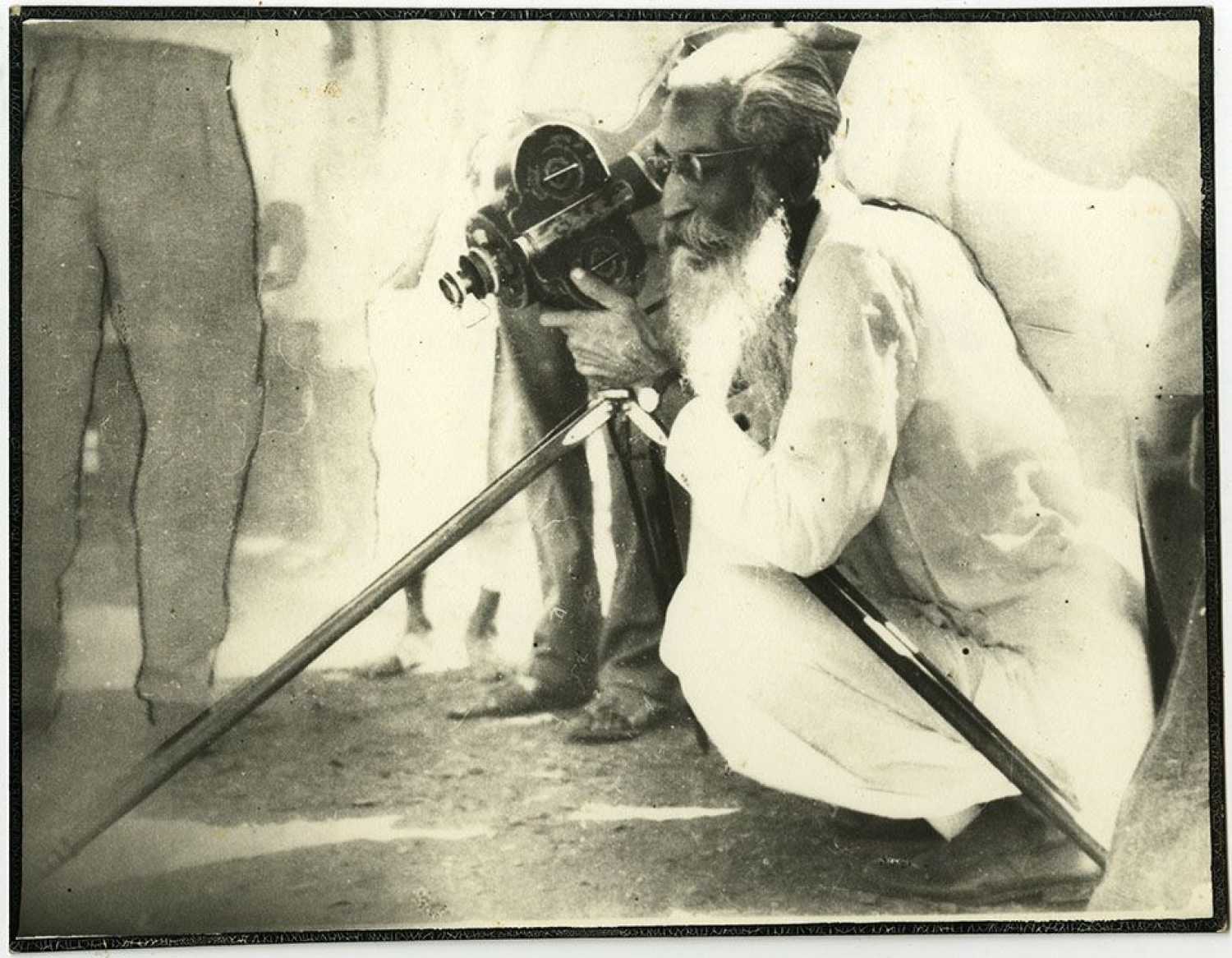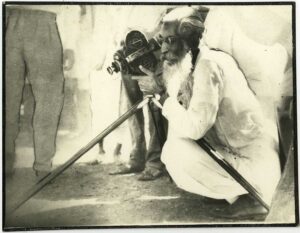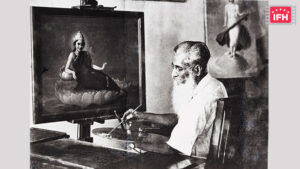
Babu Rao painter and Night Exterior Lighting: 1923!
May 02 2023
One of the pioneering filmmakers of India, Baburao Painter ignored the warnings, mocking, and accomplished the impossible.

Born in 1890 as Baburao Krishnarao Mestry in Kolhapur, Baburao refused to budge when people told him shooting at night won’t get him any results. In 1923, technological advancements and shooting equipment had not yet made inroads into India. So, Baburao used a packet of gunpowder to create artificial light in a fort.
He lit the gunpowder a few seconds before the shot and aced the night shoot for a scene in the Marathi film Sinhagad. It was the first time anyone had used artificial lighting, a concept widely used in filmmaking today, almost a hundred years later. He was even felicitated at the Wembley Exhibition in London the following year.
Baburao Painter accomplished multiple things when there were no internet, guidance, or film schools and made India’s first indigenous #camera in 1918.

How he built his own camera is itself a story
Baburao Painter, born Baburao Mestry on 3 June 1890, built the first Indian film camera when he was in his twenties. The story goes that Baburao and his cousin Anandrao went to DG ‘Dadasaheb’ Phalke, the father of Indian cinema, to see the film camera and learn how it functions, but Phalke declined their request, reminding the unlettered young men that they would not even be able to read the camera brochure, what to speak of understanding its functioning.
Dejected but not defeated, they returned to Kolhapur, where they continued to watch silent English movies at a local theatre. Eventually, Anandrao decided that they should build their own camera. The cousins, who already knew how a still camera worked, dismantled a second-hand projector they had bought in Mumbai to learn how moving images were projected on the screen, so that they could then reverse-engineer the process and try to capture moving images on film.
Baburao and Anandrao began working on their camera in 1914 with the help of a carpenter friend Dnyanba Sutar. Anandrao died in 1916, but that did not stop Baburao from continuing with his work. With great dedication he finally succeeding in making the first indigenous film camera in 1918. He shot his first film Sairandhri (1920) with this very camera.

He would sketch character movements and even costumes with the screenplay. In other words, he was the first indian filmmaker to create storyboards for his films.
Painter was also the first to use 3D sets for his films. Earlier, all films in India were shot on 2D sets, rather like stage plays. Baburao Painter also introduced Indian filmmakers to artificial lighting as well as the use of reflectors.
Painter developed sophisticated art direction and shooting techniques, like the use of backdrops in red and yellow to register the right shades of grey on film. He manufactured primitive filters with tinted glass for his films. He was the first Indian filmmaker to use the editing technique of fading. Painter also pioneered the use of electric lighting with generators in Indian films.
Information from : Basavaraj Cinematographer Bengaluru
Article source: https://www.thebetterindia.com/229912/baburao-painter-india-first-camera-film-history
Edited by
CJ Rajkumar
Author/ Cinematographer
